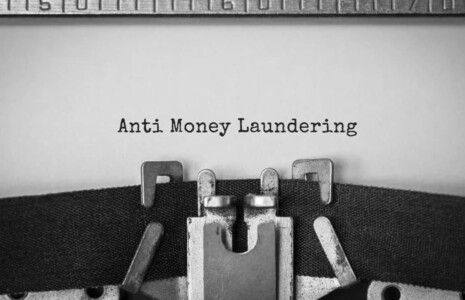Demonstrating Professional Scepticism in Accounting
Demonstrating Professional Scepticism in Accounting
Professional scepticism is growing increasingly prevalent in accounting, but with no standard way of demonstrating it, it can often be challenging.
But what exactly is professional scepticism in accounting, and what are the ways of demonstrating scepticism in practice? Read on to find out…
The Essence of Professional Scepticism in Accounting
The International Auditing and Assurance Standards Board (IAASB) defines professional scepticism as “An attitude that includes a questioning mind, being alert to conditions which may indicate possible misstatement due to error or fraud, and a critical assessment of evidence.” ISA 200 further explains professional scepticism in the context of auditing by saying:
Professional scepticism includes being alert to, for example:
- Audit evidence that contradicts other audit evidence obtained.
- Information that brings into question the reliability of documents and responses to inquiries to be used as audit evidence.
- Conditions that may indicate possible fraud.
- Circumstances that suggest the need for audit procedures in addition to those required by the ISAs. (ISA 200 A.18)
The extent to which you apply professional scepticism to an audit will affect the quality of that audit. It’s a tool that will help you ask the right questions to fully understand a client’s sector, business, and business processes – allowing you to gain more insight and adhere to professional standards.
However, professional scepticism isn’t just limited to auditing: for accountants, it’s something that can be applied across the board when handling client accounts. While you will already most likely be using AML software, using professional scepticism can help you spot and flag potential issues with the naked eye. It can help you to identify fraud and other financial inconsistencies.
It can help you to determine whether non-financial assets and liabilities are being accounted for in the right way. It can be used to decide whether the revaluation of properties is accurate and in assessments of going concern. With such a wide range of potential uses across a variety of areas of accounting – not just auditing – it’s understandable that professional scepticism is a hot topic.
Demonstrating scepticism in practice can be tricky – it’s not something that can be taught – but there are techniques that can help.

Techniques for Demonstrating Professional Scepticism
Practical methods of applying scepticism are often verbal. They revolve around asking questions, demanding more information, and questioning why the client has chosen to do things in a certain way. Probing like this is a good way of demonstrating scepticism in practice: it allows an accountant to obtain information that they may not otherwise have had and to make their own judgements about whether they believe things are genuine.
Accountants must also stay alert to inconsistencies, check carefully for anything missing from the documentation, and look for anything suggesting a document may not be completely reliable.
Training yourself to develop a sceptical mindset will require you to question everything. It’s about training your brain to avoid overgeneralising when you draw conclusions. It’s about spotting things that may seem unusual and avoiding making assumptions.
Demonstrating scepticism in practice also requires documentation: demonstrating what has been done and every challenge you have faced or element you have questioned. This can be tricky as there are no set rules for how this should be done, but adequate documentation should allow those who are more distanced from the client to see how professional scepticism in accounting has been applied.
Overcoming Challenges in Applying Scepticism
One of the biggest obstacles when it comes to demonstrating scepticism in practice can be your relationship with your client. Whether it’s a trusted, long-term relationship or a brand-new client you’re keen to impress, the pressure to maintain a positive relationship can make it hard to apply the level of professional scepticism that is needed. With a long-term client, an existing high level of trust can also reduce the likelihood of adequately applying scepticism to an audit.
Balancing trust and scepticism, though, is vital. If fraudulent or other non-compliant activity slips through the net due to a reliance on trust, this could damage the reputations of both you and your client – and potentially lead to criminal investigations. By over-trusting your client relationship, you could, in fact, destroy that same relationship: it’s vital to keep professional scepticism in mind.
Why Join ICPA: Enhancing Professional Scepticism
The need for professional scepticism in accounting is evident, but putting it into practice isn’t always easy. You may be wondering if there is a better way to approach the subject, if there is more you could be doing, or if there are ways of documenting your commitment to professional scepticism that you haven’t previously considered.
In situations like these, external support can make a big difference: hearing from others about fresh ideas or different ways of thinking about the topic that you could apply to your own experiences.
Included in their monthly fee, ICPA members can access resources like our advice lines: expert advice and support on a range of topics, including professional scepticism. Our networking events and webinars also allow members to hear from industry peers, share ideas for best practices and gain inspiration to improve their own practices.
Our offer of continuous learning and professional development opportunities means that when it comes to professional scepticism in accounting, ICPA members know that we always have their back. To learn more about membership benefits and to join, click here.
Get the latest news direct to your inbox
Sign up to our mailing list to receive weekly bulletins on all of the latest accounting news.
"*" indicates required fields



